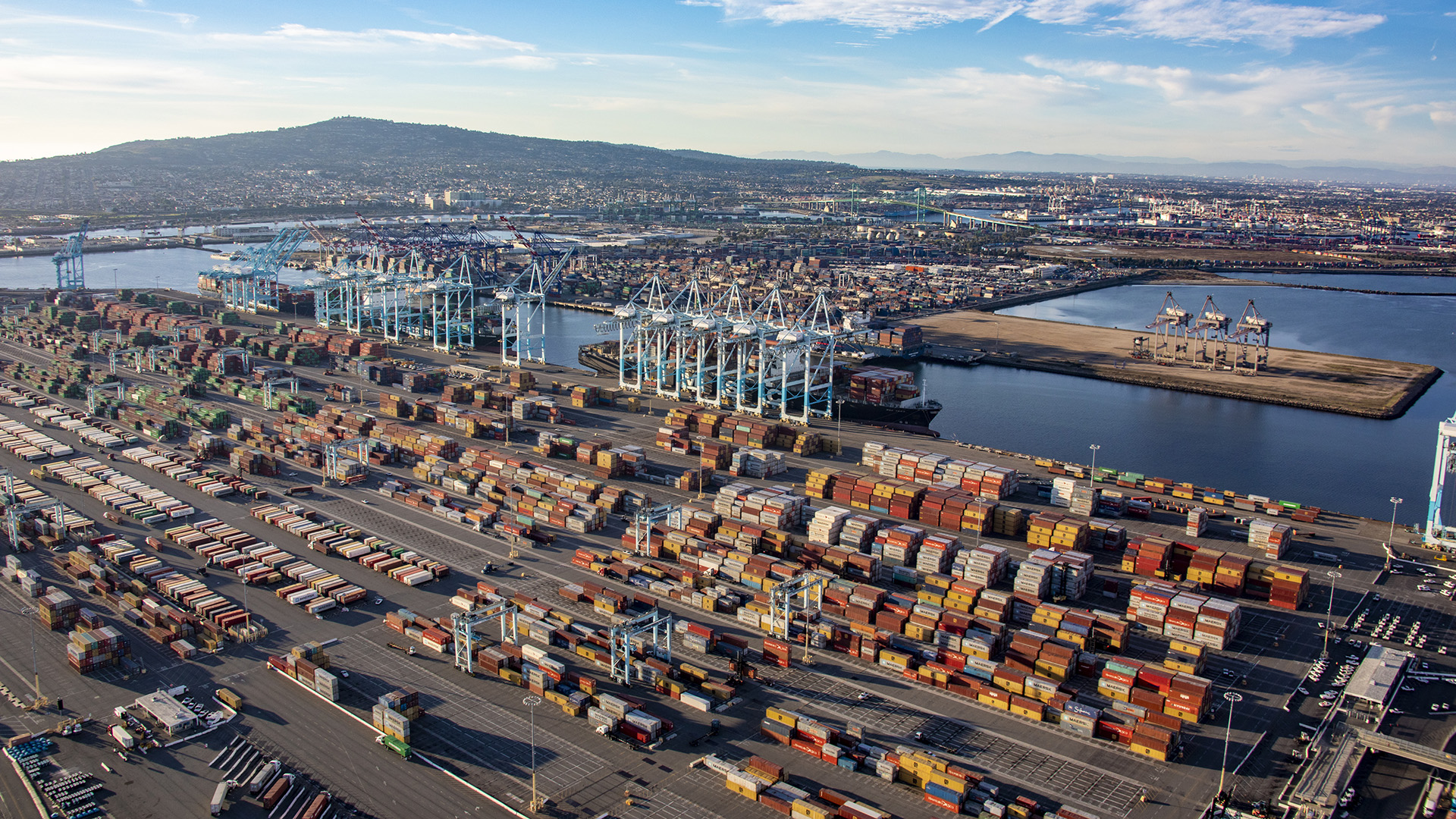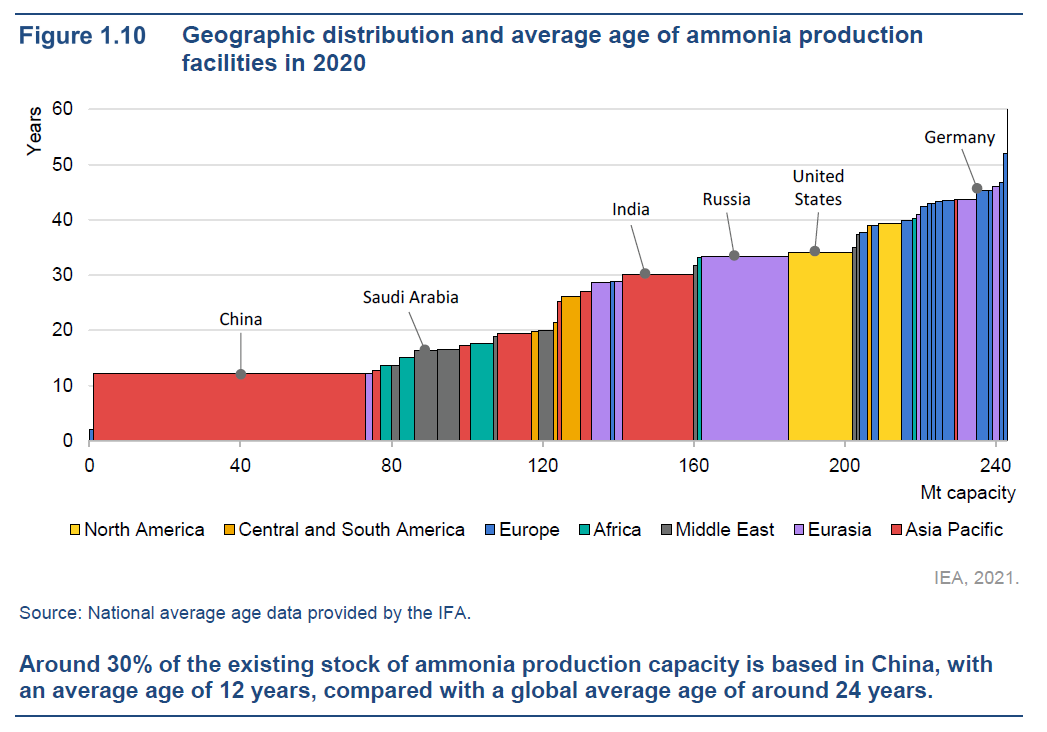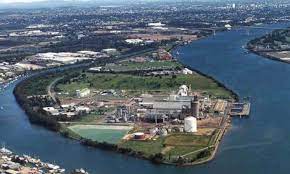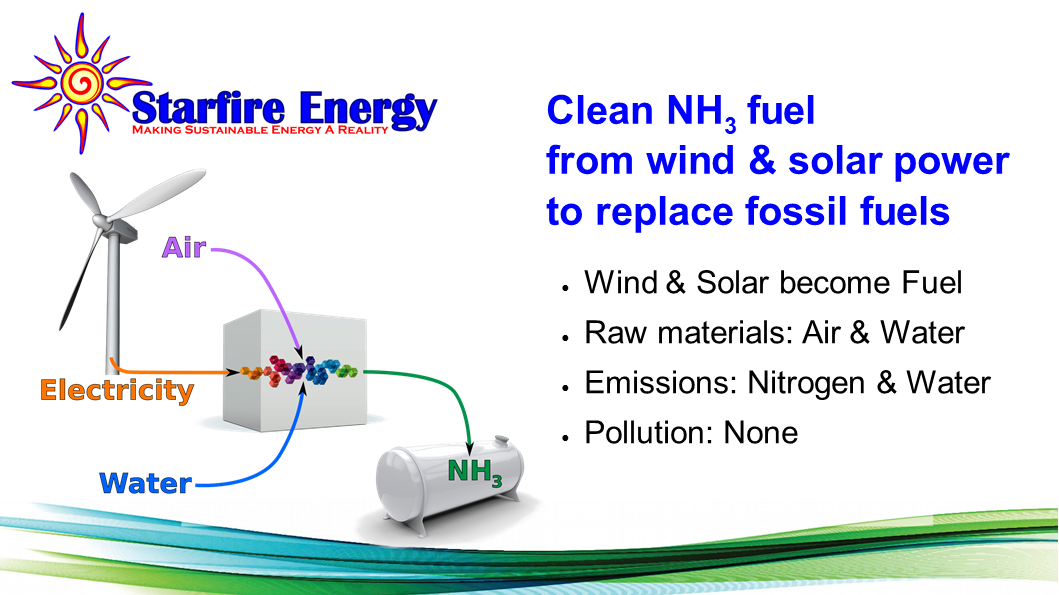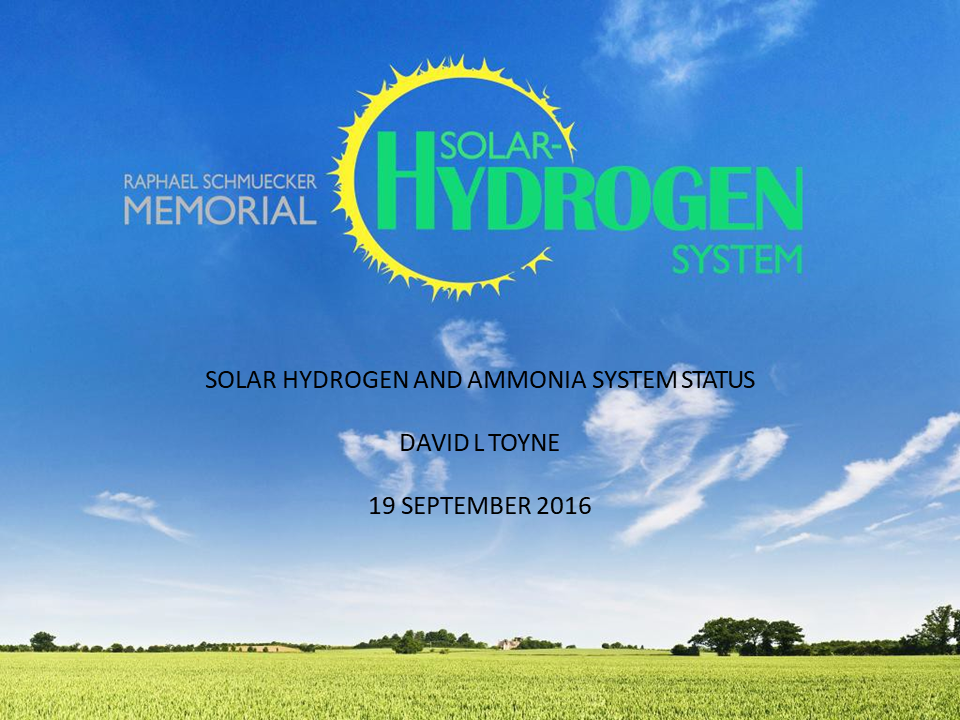Green Maritime Corridors - A catalyst for transition to green shipping fuels
The ports of Los Angeles and Shanghai have announced the intention to create a green shipping corridor across the Pacific Ocean. The ambition is for ships trading between these ports to run on alternative low greenhouse gas emission fuels. Ammonia stands among the options as such an alternative.
There is a clear willingness from key players at the LA end of this trans-Pacific shipping corridor to embrace alternative fuel solutions and work together to unlock a suite of zero emissions technologies, albeit limited to an onshore focus for now. Shifting focus onto the water - where ammonia maritime fuel will undoubtedly play a critical role - is the logical next step.
